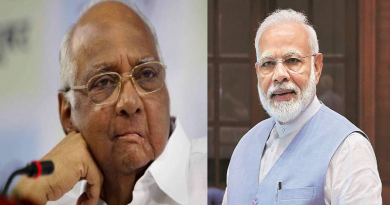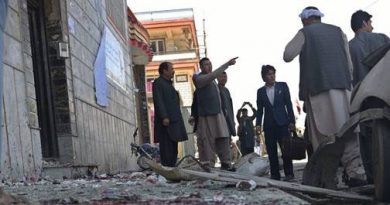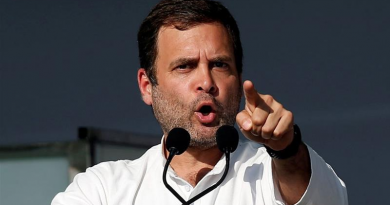How Kerala managed to contain and flatten the deadly curve of Corona Virus
How Kerala managed to contain and flatten the deadly curve of Corona Virus
Kerala has been reporting fresh cases of the novel corona virus but in single digits since the past few days, a flattening of a deadly curve by measures that included early detection, aggressive testing and contact tracing, and a 28-day quarantine period — double that prescribed by the WHO.

Kerala also kept its doctors safe by implementing a three-tier system at all government medical college hospitals
As early as January 18, the state health department issued a Covid-19 alert and began to screen passengers arriving from abroad, initially from the cradle of the virulent spread: China. International arrivals were given a health card in which they had to list their travel details and health condition.
Over the next week, it set up district control rooms, started procuring masks, gloves, other personal protection equipment (PPE) and medicines. It ordered district hospitals to designate isolation wards. Within weeks, on February 4, it declared the Covid-19 threat a state disaster. Contact tracing was meticulous. Manual surveillance, from January 30 to March 8, began with interviewing individual patients and working backwards to people with whom they had been in touch.
By April 12, 14,989 samples had been sent for testing, of which 13,802 came out negative. From April 1 to 13, the state conducted 227 tests per million people for its of 3.4 crore.
Kerala also kept its doctors safe. A three-tier system was implemented at all government medical college hospitals. Doctors were split into three teams. The first worked on Covid-19 cases and in isolation wards. The second attended outpatient cases and the emergency department. The third stayed home on leave, prepared to deploy if the need arose.



